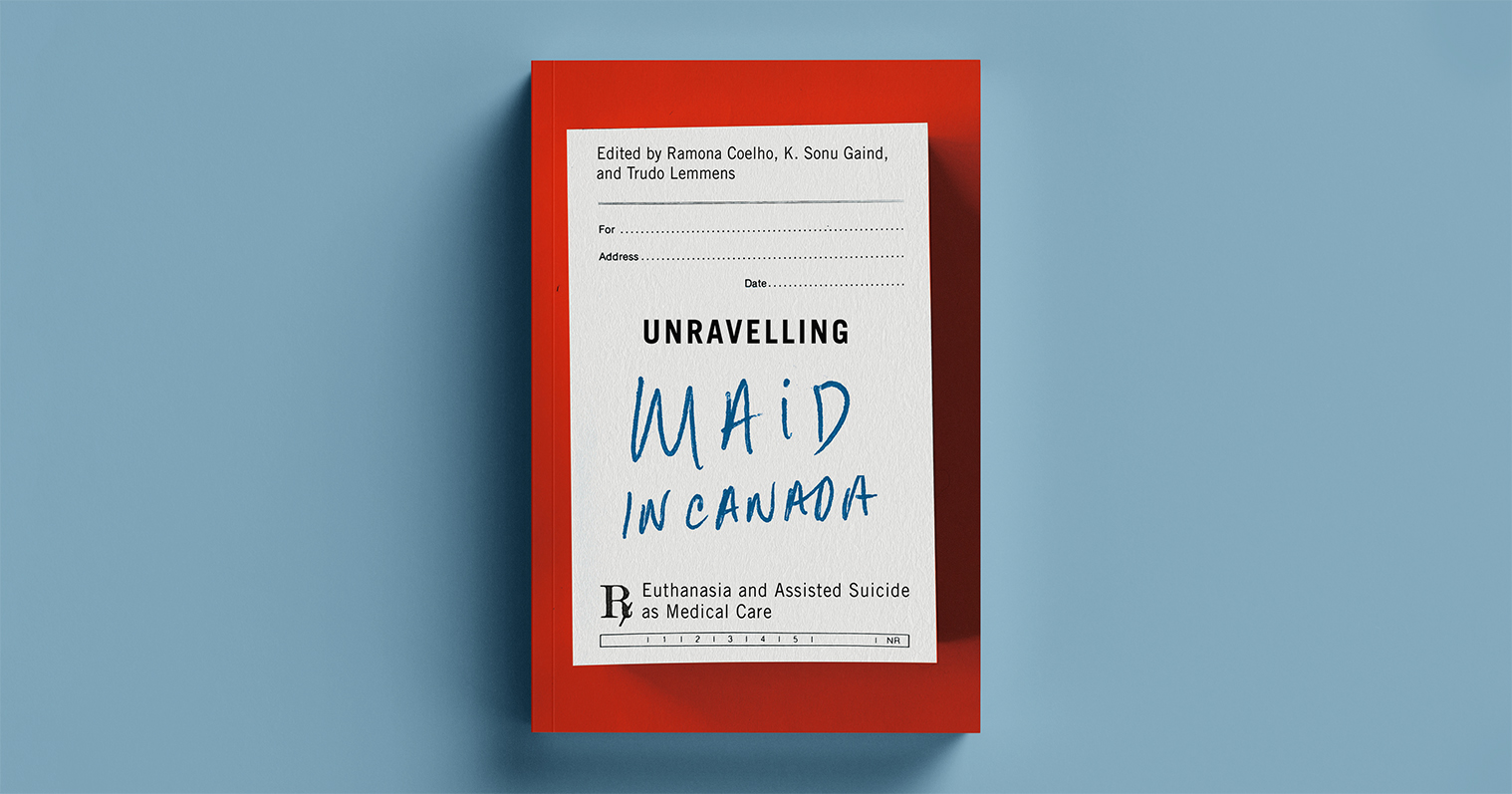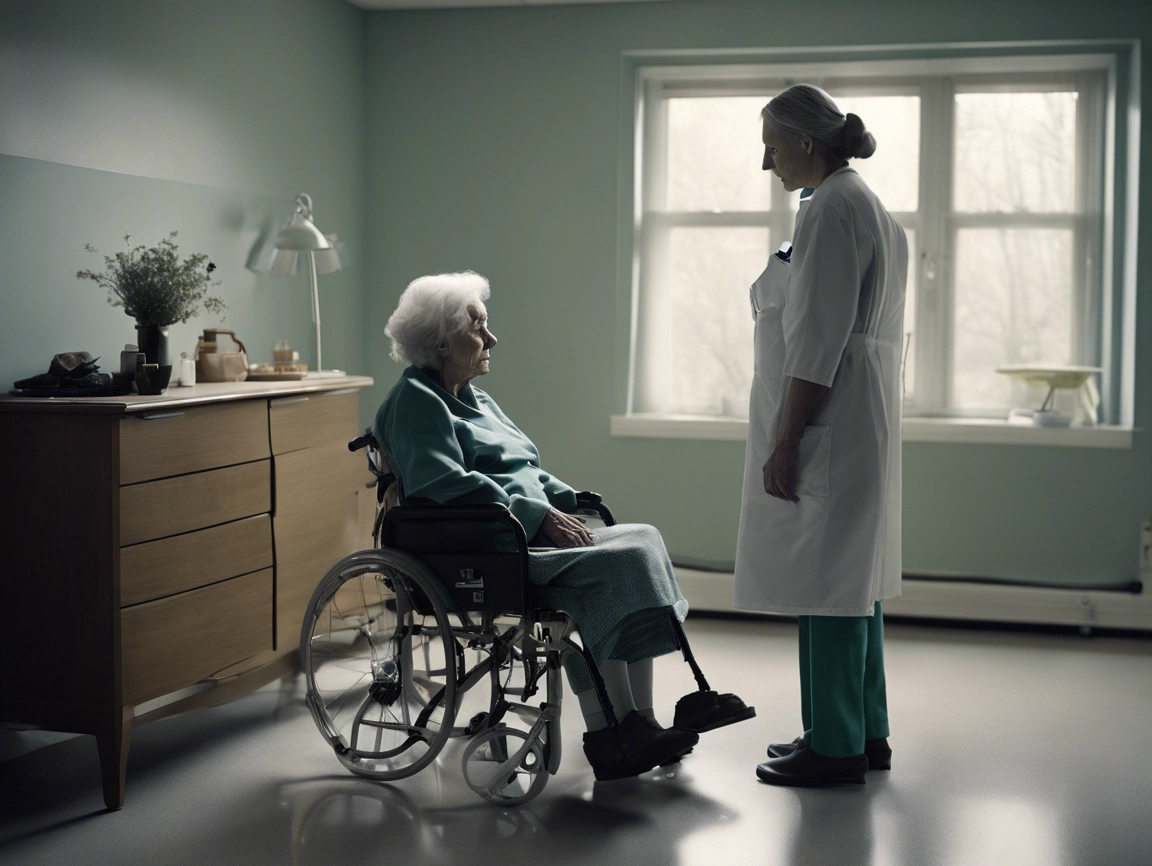Sadly, but also predictably, the ink is barely dry upon federal Bill C-14 yet there are already petitions before the Courts, both in Quebec and in British Columbia, on behalf of people who do not meet the criteria contained in that law. Specifically, the claim is made that suicidal patients should be allowed to receive state assistance in dying even if natural death is not “reasonably foreseeable”. Remember that a similar provision is present in Quebec’s Bill 52, which states that the suicidal patient must be at the “end of life”. Therefore, in contesting this requirement, in Quebec, Jean Truchon and Nicole Gladu are challenging both laws. But more to the point, they are asking for the removal of the most important limiting mechanism present in those laws; for after such a change, euthanasia would be legally available to virtually any chronically ill or disabled individual in Canada.
The Physicians’ Alliance against Euthanasia and many other concerned organizations and individuals will do everything possible to ensure, at the very least, that the provisions of existing laws are scrupulously respected. However, this will be a long and uncompromising legal battle. Our society is in a state of flux. No one can say with certainty where events will lead.
But , in the midst of this rapid and disorienting change it is important to deliberately re-establish a firm grip on reality : Contrary to appearances, euthanasia (at least as long as it is voluntary) will always remain a marginal phenomenon, legalized only to accommodate a tiny minority of suicidal patients. For to state the obvious: People are in no hurry to die. It would therefore seem that the enthusiasm with which some members of the political and medical communities are now embracing the “new normal” is premature at best.
Here are the actual facts:
Over 60 % of Canadian doctors state (Canadian Medical Association, 2016) that they would never participate in euthanasia. Another 15% were unsure or discreetly refused to answer. But while 25% of those polled did say that they were willing to participate, as a practical matter, only a minute fraction of that number has actually volunteered to do so.
In the political sphere, let us remember that Bloc Québécois MP Francine Lalonde introduced a succession of bills to legalize euthanasia, in 2008 and 2009. The last of these, Bill C-384, was defeated in the House of Commons (April 21, 2010), by an overwhelming majority of 228 votes to 59. In reality, the only reason we have legal euthanasia today is because nine unelected judges of the Supreme Court saw fit, in the Carter Decision (2015), to overrule the democratic will of Parliament and to demand the production of a legalizing Bill. But now, even that brand new, bitterly contested law of compromise (C-14, ratified June 17, 2016), is to be challenged, under pretext that its qualifying criteria are overly restrictive!
Will the lower courts allow these suits to proceed? Will the Supreme Court order our legislators to produce yet another text of law, much like schoolchildren sent to revise their homework? And would Parliament submit to such a quickly renewed insult (possessing, as it does, the ultimate means to reaffirm its authority in clause 33 of the Canadian Charter, “notwithstanding”)?
None can say.
Public sentiment, it is true, has responded favourably to an emotional call to “respect the choice”, of intolerably suffering individuals. However, although countless generations also wept over the terrible fate and choices of impossible lovers like Romeo and Juliet, in the real world, when those same people are confronted with jealousy, betrayal and divorce, very few will personally follow the suicidal example of their romantic heroes. And in the same way, medical practitioners should realize that their sick and disabled patients have not suddenly become suicidal. Not at all. For every eligible person who may choose to die, there are many, many, more who unequivocally choose to live: be it a decade, a year, a month, or even an hour longer.
It is to these patients that we owe our primary loyalty. It is our duty as Hippocratic physicians to validate and support their choice, to the best of our knowledge and skill. And make no mistake; they do indeed need our protection.
It is natural to confuse the notions of who “can” with who “should”. Our most vulnerable — friends, patients and family members — are watching the same news reports and reading the same papers that we are. But while we may have very real concerns about euthanasia encroaching on our profession, non-suicidal people who are aging or suffering from chronic illness or disability perceive euthanasia as a direct threat in the first person. They see the ever-expanding criteria as a series of concentric circles of death, where each new enlargement widens the net to catch more, and more, vitally alive people; people who will have terrible doubts and fears about their security in this hostile new world; people who cannot fail to feel that they must now justify, to the capriciously romantic supporters of Noble Death, why they obstinately remain alive, basely stealing precious resources and burdening their relatives.
Our task is to banish those doubts and fears; to communicate our approval of the choice to live; to reaffirm our commitment to the wellbeing of our patients, upon that path, for whatever distance it may lead; always listening to, and discerning with, our patients and their families, as to which treatments are beneficial and which only burdensome.
And should we fall professionally victim to an abusive new requirement that we “inform” our “eligible patients” of their “right” to die, then let us use that opportunity to assure them we will defend their right to live, to the very best of our ability.
If death has become a question of choice, then let us clearly and substantially present our alternatives.
Make euthanasia unimaginable.


